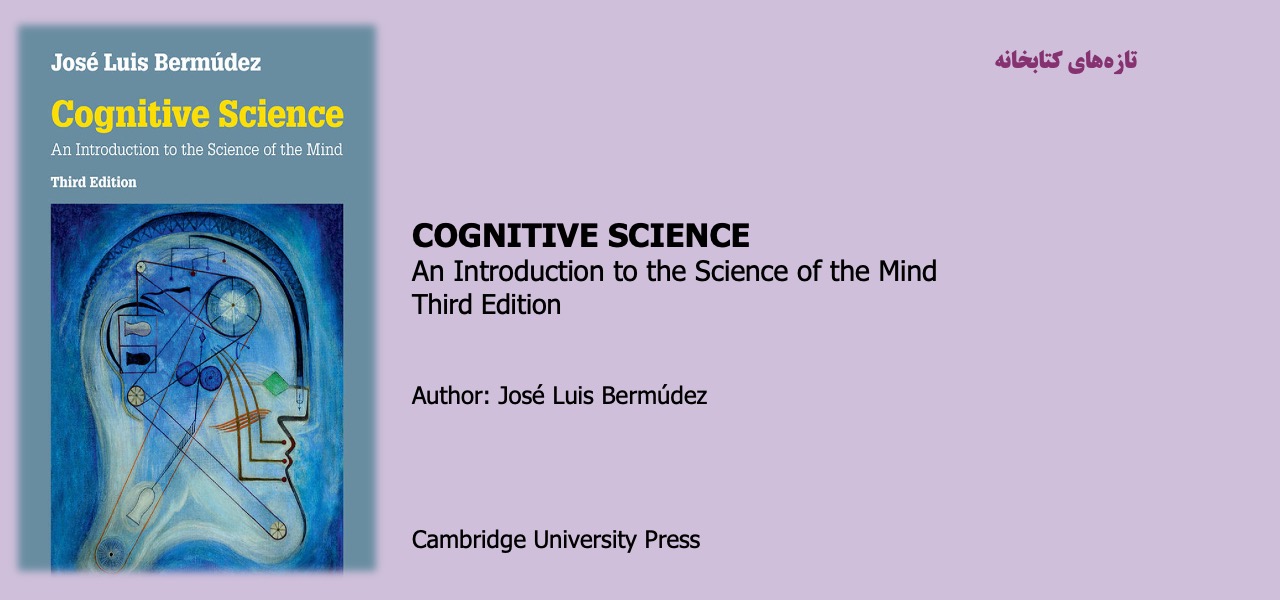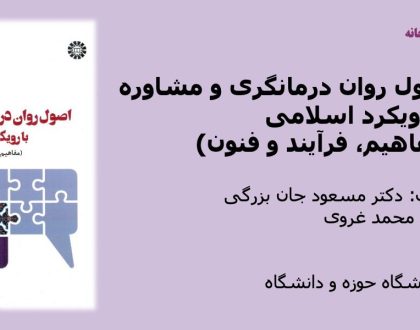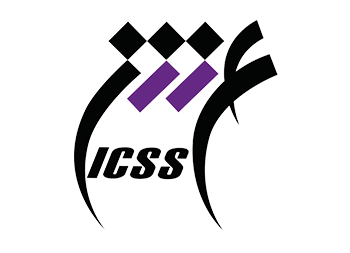COGNITIVE SCIENCE An Introduction to the Science of the Mind

Some textbooks have concentrated on being as comprehensive as possible, with a chapter covering key ideas in each of the relevant disciplines – a chapter on psychology, a chapter on neuroscience, and so on. These books are often written by committee – with each chapter written by an expert in the relevant field. These books can be very valuable, but they really give an introduction to the cognitive sciences (in the plural) rather than to cognitive science as an interdisciplinary enterprise.
Other textbook writers take a much more selective approach, introducing cognitive science from the perspective of the disciplines that they know best – from the perspective of philosophy, for example, or of computer science. Again, I have learned much from these books, and they can be very helpful. But I am convinced that students and instructors need something more general.
This book aims for a balance between these two extremes. Cognitive science has its own problems and its own theories. The book is organized around these. They are all ways of working out the fundamental idea at the heart of cognitive science – which is that the mind is an information processor. What makes cognitive science so rich is that this single basic idea can be (and has been) worked out in many different ways. In presenting these different models of the mind as an information processor, I have tried to select as wide a range of examples as possible to give students a sense of cognitive science’s breadth and range.
مطالب مرتبط

اصول روان درمانگری و مشاوره با رویکرد اسلامی (مفاهیم، فرآیند و فنون)
۲۶ / بهمن / ۱۴۰۳

آموزش مهارت نوشتن از منظر شناختی
۲۶ / بهمن / ۱۴۰۳


